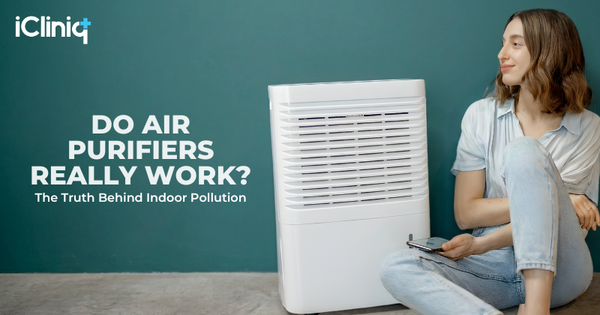Hay Fever? More Like, Hay No!

Picture this: A beautiful date amidst the flowering trees, sweet bird songs, and adorable baby animals, sounds dreamy enough, right? Well, not everyone gets to be in this happy picture though. The poor souls with hay fever might look a bit miffed. Beginning in the spring, the pollen season gatecrashes accompanied by sneezing, sniffling, and itchy eyes. All they can hold are endless supplies of tissue instead of beautiful flowers. However, it is time to rewrite the sneeze spiel. Bear no more assault on your senses, grab a tissue, brace yourself, and get control of this pesky villain!
1. Pollution and Allergies, Bah Humbug
Hay fever is a brief and seasonal manifestation of what is known as “allergic rhinitis,” a condition in which an allergy to something, usually pollen, dust, mites, animal fur, or mold, irritates the nose and results in symptoms similar to the common cold. Seasonal allergic rhinitis, or hay fever, is an allergy-related inflammation of the nasal passages, throat, and conjunctiva brought on by sensitivity to airborne pollens or molds. These airborne pollens are produced by a variety of trees, grass, weed, and other plant species. They are not spread by insects but rather by the wind.
2. Breathe in the Beauty, Not the Pollen!
Each person’s hay fever is unique but its onset is pretty predictable as it is tied to times when their allergy-triggering plant is in bloom. Also, every person’s hay fever is not from the same source, it varies. For instance, symptoms for allergy sufferers to tree pollens in temperate North America are typically at their worst from March through May, when trees are in bloom. For those with grass allergies, June and July are the busiest months, while those with ragweed allergies can not stop sneezing from mid-August through October.
3. Know Your Condition
Hay fever symptoms, such as watery or itchy eyes, runny or stuffy nose, and sneezing, are quite similar to those of indoor allergies. Additional symptoms include fatigue, swollen under-eye skin, and an itchy mouth or throat. Even though these symptoms may seem like an annoying annoyance, they are there for a reason. The body employs swelling as a defense mechanism to stop additional allergens from entering the body and sneezing as a defense mechanism to clear any irritants that may have already made their way into your nose or throat. So, sneeze it out folks, your system got some work to do!
4. Clear Air, Clear Mind, Clear Days
Although limiting exposure to allergens is the recommended course of action for hay fever, pollen or other airborne allergens are nearly hard to totally avoid. There are numerous prescription and over-the-counter medications available to treat hay fever and related symptoms. Nasal congestion can be treated with decongestant sprays and tablets, out of which, sprays can provide relief only for a few days, but if they are used for longer than three days, congestion may worsen.

A little bit of proactive care can help you get through the hay fever shenanigans hassle-free. Whether it is taking your allergy medications or avoiding the pesky irritants you have got your way. Say hay no to hay fever and live the symptom-free life of your dreams!





